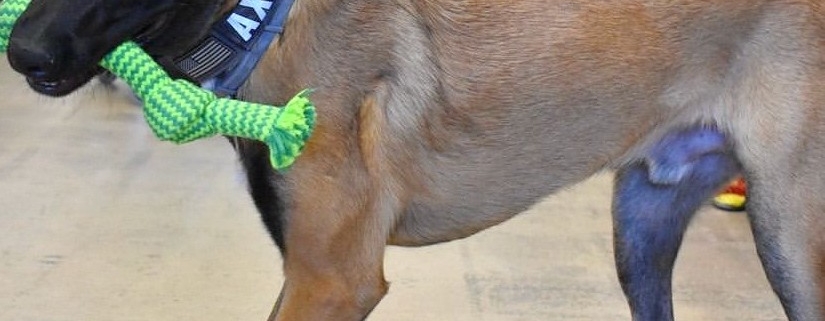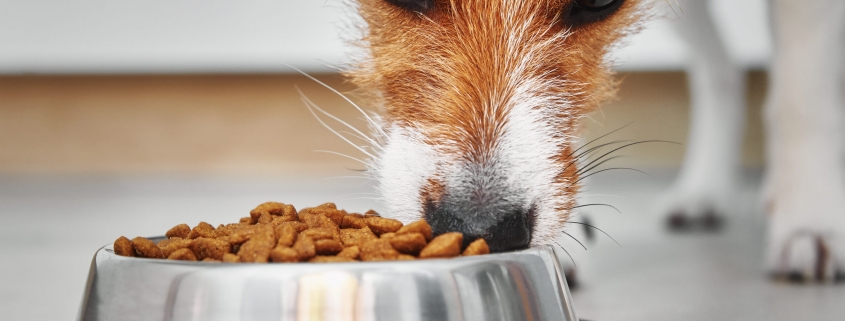Joint Health Solutions: Exploring Joint Supplements for Cats and Dogs
Joint health is an important concern for pet owners, as joint problems can cause pain and decreased mobility in cats and dogs. Thankfully, there are a number of joint supplements that are designed to help improve joint health and reduce pain. These supplements typically contain one or more of the following ingredients: glucosamine sulfate, glucosamine HCl, chondroitin, MSM, and hyaluronic acid.
Let’s take a closer look at these ingredients and how they can benefit your pet’s joint health.
Glucosamine sulfate & Glucosamine HCl
Both glucosamine sulfate & glucosamine HCl are forms of glucosamine, a naturally-occurring substance found in the cartilage and other connective tissues of both cats and dogs. Glucosamine helps to protect and strengthen the cartilage, which helps to prevent joint damage and reduce pain. It can also help to reduce inflammation in the joints.
Glucosamine may take weeks or even months to start working, so it’s important to be patient when adding them to your pet’s diet.
Chondroitin
Chondroitin is another natural substance found in the cartilage of cats and dogs. It works in conjunction with glucosamine to protect and strengthen the cartilage and can also help reduce inflammation.
If your pet is taking other medications or supplements, it is essential to let your veterinarian know since chondroitin may interact with them.
MSM (methylsulfonylmethane)
MSM is another naturally-occurring sulfur compound that helps reduce inflammation and joint pain. It also helps to improve joint flexibility and reduce stiffness and inflammation. MSM can also help rebuild cartilage and minimize further joint damage.
MSM supplementation does have potential side effects with higher doses. These can include nausea and dizziness. Please follow dosage instructions carefully.
Hyaluronic Acid (HA)
Hyaluronic acid is found in the joint fluid of both cats and dogs. It is a major component of joint fluid and helps to lubricate and cushion the joints. As pets age, the levels of HA in their bodies decrease, leading to joint pain and inflammation. Giving your dog or cat HA supplements can help replenish the natural lubricant in their joints and improve joint health.
Like glucosamine, hyaluronic acid can take several weeks before your pet may experience benefits.
All of these ingredients are effective at improving joint health in cats and dogs. They help to protect the cartilage and reduce inflammation and pain while also helping to improve joint flexibility and reduce stiffness. As a result, your pets can enjoy better mobility and less pain.
If you notice signs of joint stiffness or decreased mobility, stop in to speak with one of our experts to determine the best supplements for their needs.












